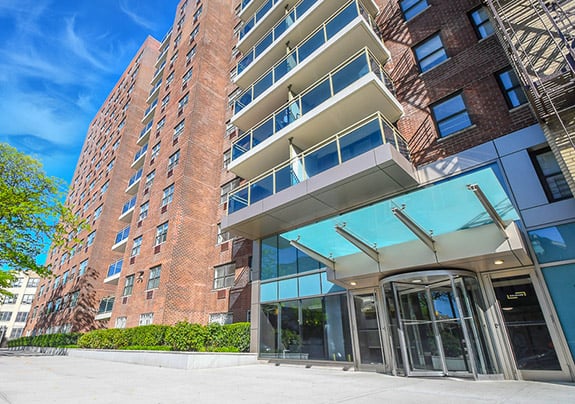Exploring the Effect of Ethernet Protocols on Enhancing Web Access in Multi-Dwelling Residences
Exploring the Effect of Ethernet Protocols on Enhancing Web Access in Multi-Dwelling Residences
Blog Article
Ethernet protocols play a vital role in improving web connectivity, particularly in multi-dwelling buildings (MDUs) such as apartment complexes and condo complexes. These standards outline how information is transmitted over systems, ensuring that equipment can communicate efficiently. As an increasing number of people rely on the internet for employment, education, and leisure, having a dependable and fast connection in MDUs has grown increasingly essential. By understanding networking standards, building administrators and residents can make knowledgeable decisions about their web services, resulting to improved connectivity for all.
One of the key Ethernet specifications is IEEE 802.3, which details the specifications for wired Ethernet connections. This specification has developed over the years, introducing quicker rates and enhanced performance. For example, the initial Ethernet specification provided rates of 10 megabits per second, while newer iterations, such as Gigabit Ethernet, can offer rates of up to 1,000 Mbps. In MDUs, where multiple residents utilize the common web connection, having a high-speed Ethernet network can significantly improve the total consumer interaction. Faster speeds mean quicker downloads, more seamless broadcasting, and more reliable video calls, which are crucial for off-site employment and virtual learning.
Another significant aspect of Ethernet standards is the use of structured wiring infrastructures. These structures arrange and coordinate the network cables that connect devices within a building. By following the guidelines set by Ethernet protocols, MDUs can guarantee that their wiring is effective and efficient. This structure assists minimize signal interference and improves data transmission quality. Additionally, structured cabling allows for easier improvements and maintenance, making it simpler for property managers to adapt to changing technology needs. As web utilization persists to increase, having a properly organized wiring infrastructure is crucial for ensuring top-notch access.
Electricity over Ethernet (PoE) is another important advancement in Ethernet tech that aids MDUs. PoE enables network cables to carry electrical power along with data, eliminating the need for separate power sources for devices like security cameras, Wi-Fi access points, and VoIP phones. This capability streamlines installation and reduces clutter, making it easier to set up a comprehensive system in multi-unit buildings. By leveraging PoE, building administrators can improve safety and improve internet access throughout the building without the added expense of additional electrical installation.
In summary, Ethernet protocols have a significant impact on internet access in multi-dwelling units. By offering faster speeds, organized cabling, and innovative capabilities like Power over this website Ethernet, these standards help create a dependable and efficient network for tenants. As technology persists to progress, staying aware about Ethernet standards will be essential for building managers and tenants alike. By putting resources in the right infrastructure, MDUs can ensure that all tenants enjoy a seamless web experience, rendering their homes more connected and accessible.